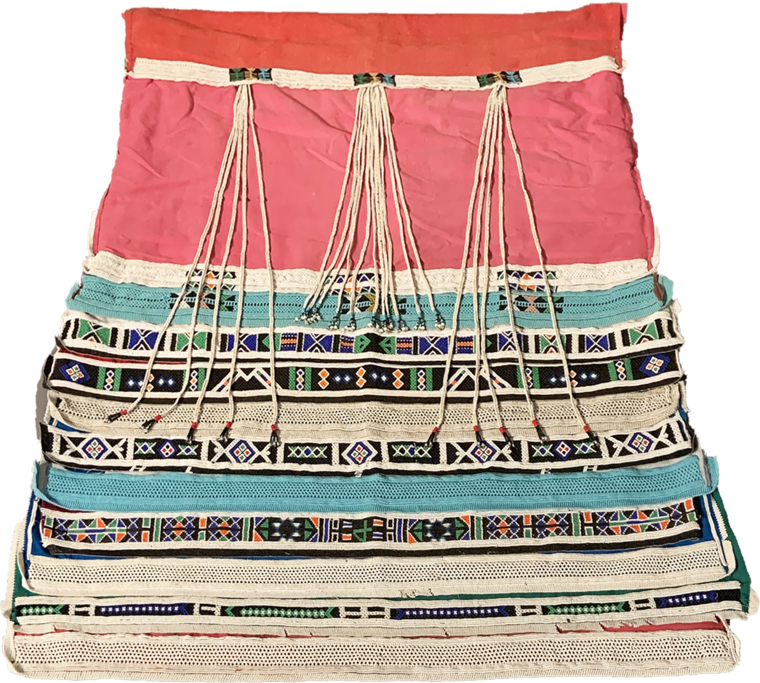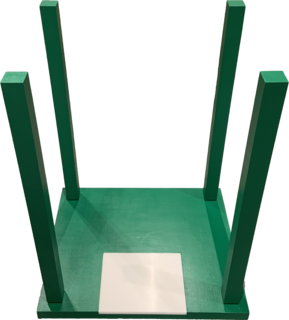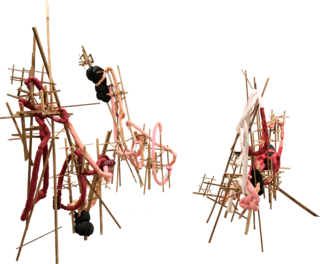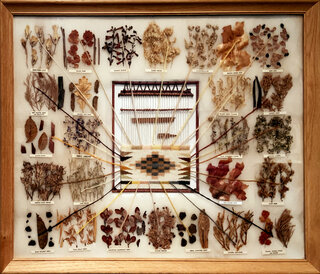
The Zulu Kingdom flourished in what is now South Africa until 1879 when it was defeated by the British Army at the Battle of Ulundi. As is seen in many examples across the African continent, Zulu-speaking individuals persevered under the control of dominant foreign groups both during and beyond the colonial era, and there are currently approximately 12 million Zulu-speaking individuals residing in South Africa. Zulu-speaking artists are known across the world for their elegant beaded arts. Historically, the glass beads used in visual art production were dull in color due to lower heat levels used during the melting process. Contrary to several hundred years ago, the colors of beads used in contemporary examples are vibrant and dynamic. Beadwork created by Zulu-speaking artists serves many purposes, but one of the most notable is for courtship. Almost like love letters, women create beaded panels of various colors and combinations to express their interest in a romantic partner. Even today, many Zulu-speaking women continue to incorporate beadwork in their jewelry and clothing to communicate visual messages throughout their lives.




